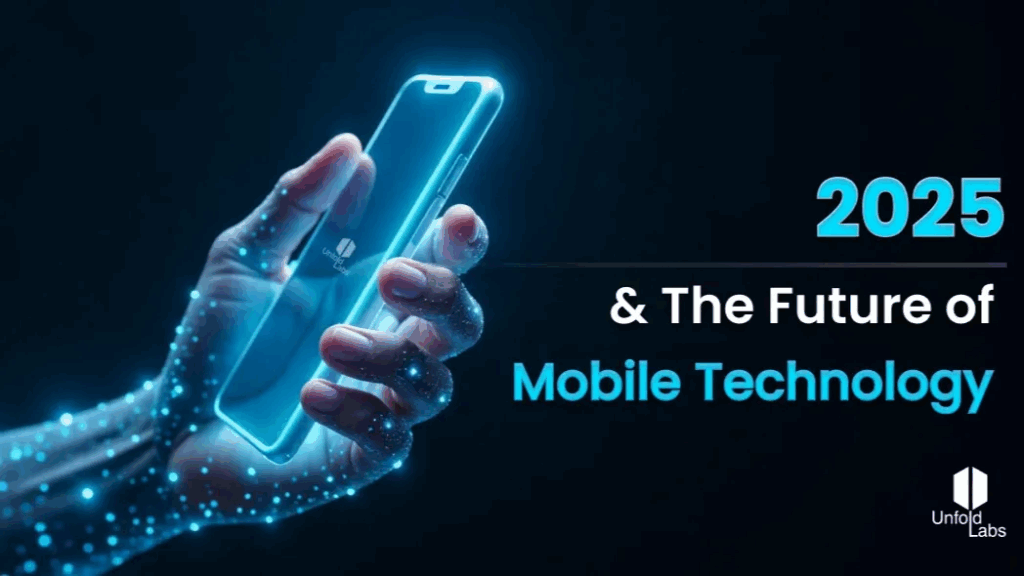As we cross the halfway mark of 2025, the mobile phone industry continues to push the limits of what smartphones can do. From AI-integrated processors to satellite connectivity and biodegradable materials, here’s a look at the latest innovations redefining mobile devices this year.
AI-Native Chipsets Are Going Mainstream
The biggest leap in 2025 has been the integration of AI-native processors, led by Qualcomm’s Snapdragon 8 Gen 4 and Apple’s A19 Bionic. These chips aren’t just fast — they’re intelligent. Phones can now:
- Run generative AI models directly on-device (like summarizing long texts or creating AI images offline)
- Personalize user experience through adaptive interfaces
- Predict app behavior for faster loading
Satellite Communication for Everyone
Once a luxury for premium models, satellite messaging and emergency SOS is now becoming standard in mid-range phones too. Brands like Samsung, Huawei, and Xiaomi are embedding Globalstar or BeiDou satellite support, allowing users to:
- Send messages even when there’s no cellular or Wi-Fi signal
- Track location during hikes, flights, or natural disasters
- Improve global coverage in rural and oceanic regions
Graphene Batteries Begin Rolling Out
2025 marks the beginning of graphene-enhanced batteries in commercial phones. Benefits include:
- Faster charging (0–100% in under 15 minutes)
- Higher durability (1,000+ charge cycles)
- Reduced heating
The Xiaomi HyperCharge Graphene Edition and the Realme GT Neo 6G are among the first models using this tech.
Rollable and Stretchable Displays
Forget foldables — this year is all about rollable and stretchable displays. TCL and Motorola are showcasing:
- Rollable phones that expand from 6.2” to 7.5” with a swipe
- Stretchable screens that flex depending on use — ideal for multitasking or gaming
Eco-Friendly and Repairable Designs
Driven by EU regulations and consumer demand, 2025 phones are more sustainable:
- Modular designs allow users to easily replace batteries, cameras, or screens
- Recycled aluminum and plant-based plastics are being used by Fairphone, Nokia, and Samsung
- iPhones now include Eco Repair Mode, guiding users through DIY repair with AR support
Next-Level Cameras with AI Optics
Camera systems in 2025 go beyond megapixels:
- Computational photography uses on-device AI to fix lighting, shadows, and blur in real time
- Sony’s new stacked CMOS sensors offer DSLR-like depth in smartphone photography
- Samsung Galaxy S25 Ultra now features a 200MP AI-powered quad-lens setup with 12x optical zoom
5.5G and Beyond
While 5G is mature, 5.5G (also called 5G-Advanced) is rolling out in key cities globally:
- Faster than fiber with up to 10Gbps speeds
- Lower latency, ideal for cloud gaming and AR/VR
- More reliable in dense urban environments
China, South Korea, and parts of the EU are already deploying these networks.
What’s Next?
Looking ahead, quantum-resistant encryption, AR-based phone interfaces, and holographic communication are already in experimental phases. With companies investing in AI phones, wearable companions, and brain-computer interface support, 2025 is only a glimpse into the mobile future.
Smartphones in 2025 are not just communication tools — they’re AI-powered, eco-conscious, always-connected personal hubs. Whether you’re a tech enthusiast or just looking for your next upgrade, this year brings exciting changes you’ll want to keep an eye on.




